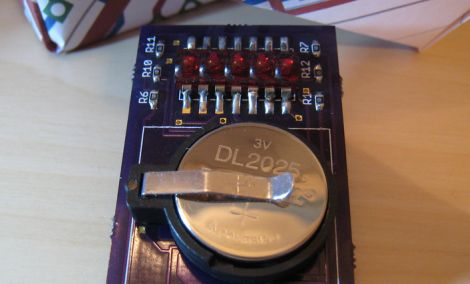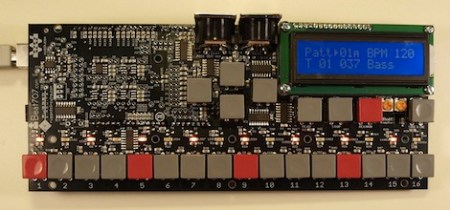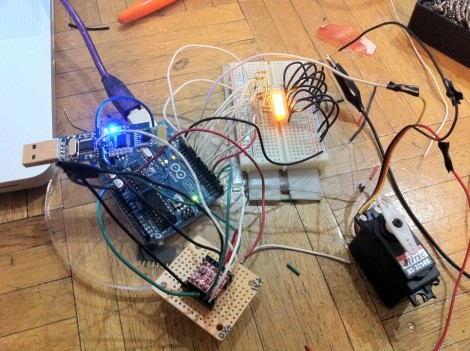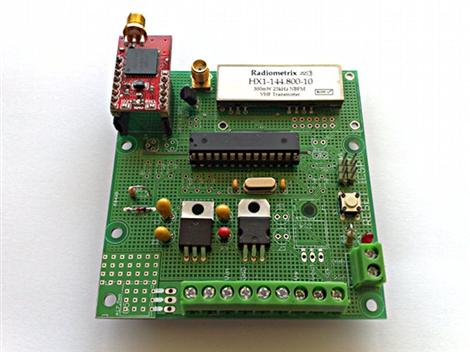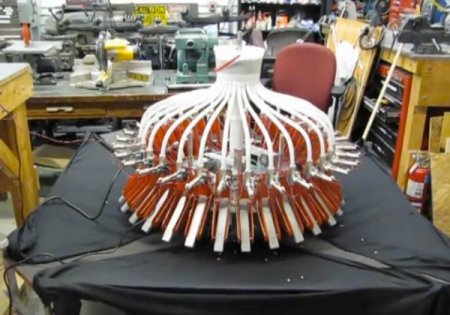
Behold the Vibrotron! Constructed by the Carnegie Melon University robotics club, the vibrotron is a piece of a larger project called the robOrchestra. The mechanics in action here are quite simple. You have two reservoirs of small steel balls. One at the bottom, one at the top. The bottom ones are fed to the top ones using an Archimedes’ screw. Once at the top, they are dispensed through some tubing down to plink off of a vibraphone key. All of the timing is done via solenoids mounted at the end of the tubes. The final product reminds us of the Animusic animations that were put out a few years ago.
For this system, since they wanted this to be an automated and reconfigurable bot, they are using an Arduino to control the solenoids. This way they can change songs as they please. We have to admit though, we’d love to see one where the timing for the song was all done through tube length or some other passive system allowing it to be hand cranked and purely mechanical.

